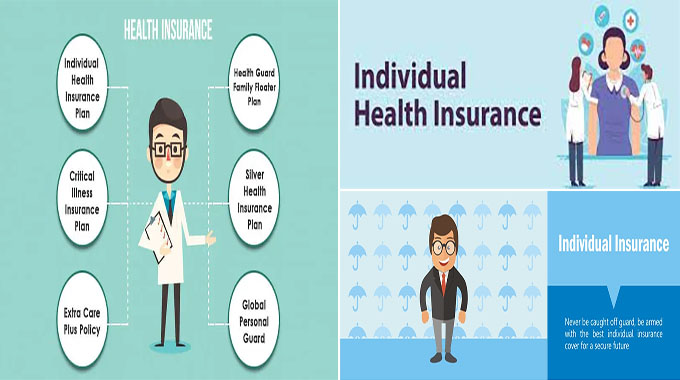Before choosing a plan, make sure to understand the costs and benefits of individual health insurance plans. Read on to learn about cost-sharing, coverage, and how much you will be reimbursed for covered services. There are many reasons to consider individual health insurance. The key is to choose the one that best fits your needs. In this article, we will examine three key factors to consider before making a decision. Also, remember that many plans have special enrollment periods triggered by qualifying events.
Cost of individual health insurance
Whether you’re a single adult looking for a plan for yourself or your family, the cost of individual health insurance can quickly eat into your budget. While your employer is still responsible for paying three-quarters of the cost of health insurance, the cost of individual health insurance can vary widely, depending on a number of factors. Premiums depend on your age, geography, type of plan, and employer size. While you’ll pay more for individual health insurance than you would for a family plan, you’ll be able to compare prices between plans and understand what you’re paying.
Cost-sharing
Individual health insurance plans cost-sharing refers to the amount of money the insured must pay out-of-pocket for covered medical services. This can be in the form of deductibles, coinsurance, or copayments. Most plans contain all three types of cost-sharing, though specific cost-sharing amounts will depend on the type of service received. Premiums are not included in cost-sharing amounts, so they may not be completely covered by an individual health insurance plan.
Available coverage
Individual health insurance plans offer available coverage, and can be purchased through a broker, navigator, or enrolling counselor. Premiums for these plans vary according to age, zip code, and tobacco use. The price of a plan is the lowest available rate assuming you are in excellent health. Before purchasing an insurance plan, you should review the available coverage and apply. In some cases, a policyholder may qualify for a special enrollment period.
Reimbursement for covered services
In 2009, approximately 79 percent of Americans received benefits from individual health insurance plans that reimburse covered services. These plans reimburse members for the costs of covered services after they file claims. In general, fee-for-service plans reimburse members for medical services provided by doctors or other medical providers. They are typically more expensive and require more paperwork. However, these plans also cover many of the same services as traditional insurance plans. Here are some differences between the two types of plans.
Government subsidies
Federal health insurance subsidies for individuals are provided by the government through various programs and tax provisions. The Congressional Budget Office and the Joint Committee on Taxation updated their projections of the costs and number of people with various types of health insurance. These projections assume that the government will continue to provide subsidies to individuals to help them afford health care coverage. The government is committed to increasing access to health care for the American public, and improving health insurance subsidies is one way to do that.
Available in ACA marketplace
The Affordable Care Act (ACA) marketplace has made it easy to compare and buy individual health insurance plans. In addition to having a choice of plans, consumers will only need to fill out one application. These plans will cover essential health benefits such as doctor’s office visits, hospitalization, emergency room care, pediatric care, mental health and substance abuse services, and prescription drugs. They will start covering you on January 1, 2017.
Available outside of marketplace
Individual health insurance plans sold outside the marketplace are not required to cover all essential health benefits. But they must provide at least some of them. Essential health benefits are doctor’s office visits, hospitalization, emergency room visits, prescription drugs, pregnancy and newborn care, mental health and substance use disorder services, and preventive care and children’s health services. These benefits are required by law. Purchasing an outside-the- marketplace plan can be less expensive than purchasing one through the marketplace.












